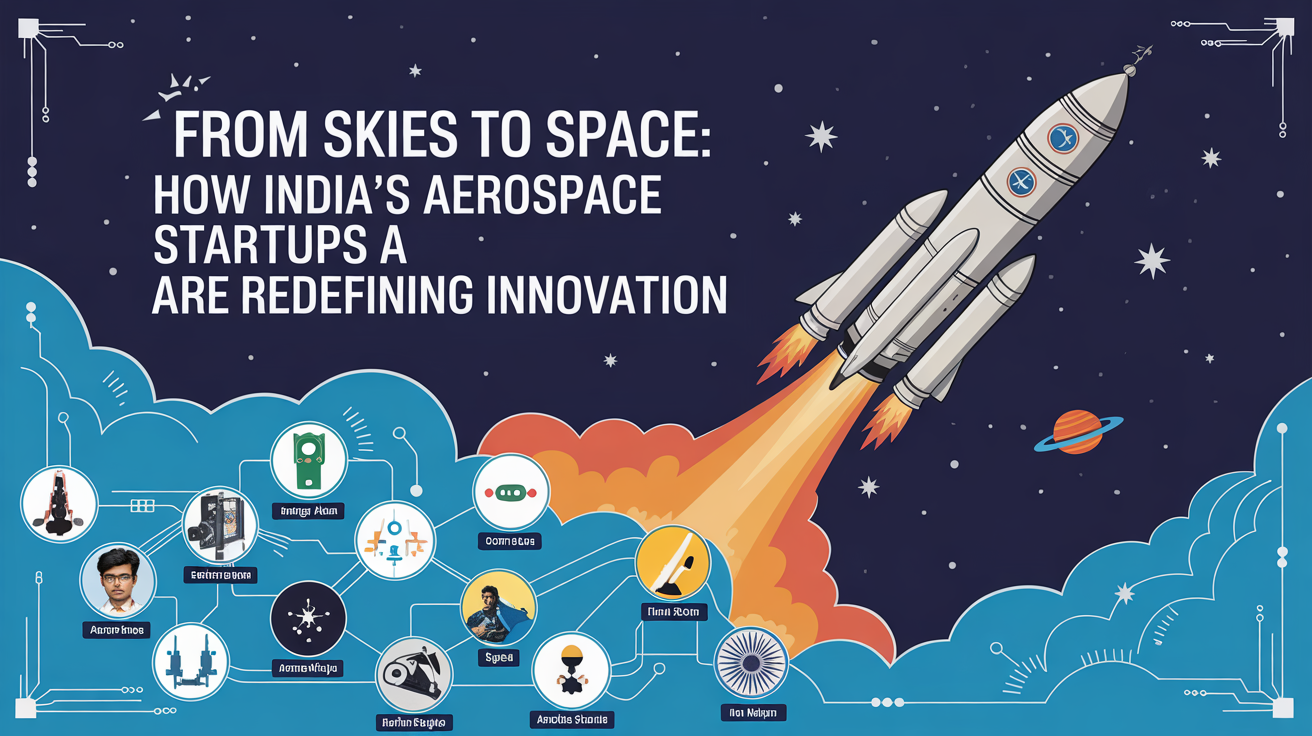Fashion is not just threads and fabrics; it’s also data, algorithms, and artificial intelligence. The new evolution in technology is doing wonders for the fashion industry, as machine learning leads the revolution by producing one-of-a-kind, custom-designed garments. AI has revolutionized not only the technique of manufacturing but also how a dress is imagined, personalized, and sold.. This blog will provide an insight into the world of AI-fashioned dressings and lifestyles in a hyper-personalized manner.
The Intersection of Fashion and Technology
Traditionally, fashion design had been a human-driven art., But now, aided by machine learning and big data, the creative process is advancing. This means the ability to use AI tools for analyzing millions of fashion images; and they even know it themselves.
This is not about displacing designers but about enhancing their creativity. Better decision-making, overproduction reduction, and tailored customer offerings through AI would be some added flavors to the professions of fashion.
Also Read: Starting a Cotton Ginning Mill
What is AI-Designed Fashion?
AI-designed fashion is all those articles of clothing, shoes, or accessories that are produced or influenced by machine learning models that are part of artificial intelligence. This machine learning creates a learning system with data from sources like customer behavior, fabric characteristics, seasonality of preference, style trends, etc., to design clothing that is more personal, relevant, and even futuristic.
Here is how AI is contributing to this process:
- Trend Forecasting- The machine learning model scrapes the web for trending colors, cuts, and patterns.
- Design Generation- AI generates design ideas from existing collections or customer inputs.
- Customer Personalization- These algorithms can suggest styles, sizes, and colors based on an individual’s body type, preferences, or purchase history.
- Virtual Fitting- This AI would allow consumers to see themselves wearing the clothes through AR and 3D avatars.
- Sustainable Production- By perfectly predicting demand and ensuring the best provisioning of materials required for production, AI can reduce waste.
For more information: Business Ideas and Investments Opportunities
How Machine Learning Creates Custom Apparel
Machine learning is a subfield of AI that empowers computers to learn from data without being programmed. In fashion, this means teaching an algorithm to understand what styles people love, what colours sell best, and what sizes people purchase to set a demand.
1. Data Collection and Analysis
This is the first step in its process, where collecting data includes: –
- Purchase history
- Behavior on social media
- Online search patterns
- Mentions in fashion blogs
- Customer reviews
Data are fed into the machine learning models to identify possible patterns. So, for example, if a big number in a certain age group and location is buying oversized, earth-toned jackets, the AI would register that as a growing trend.
2. Generation of Design
Once the Once the trends are identified, AI tools like GANs can create fresh design ideas.Some platforms even allow users to input information and preferences such as fabric type, sleeve length, or color palette, and the AI instantly generates unique designs. What was once a luxury for very few customers is now accessible to everyone through AI.
3. Personalization Engines
Hyper-personalization is probably one of the most exciting things in AI-designed fashion. It now uses body measurements, customer reviews, past purchases, and even climate data to come up with recommendations of styles that would likely look attractive on each person.
Machine-learning-based applications and sites will demonstrate to consumers how clothes fit, what the best sizes are, and even suggest combinations based on previous orders. Thus, this will increase satisfaction among consumers and will drastically reduce returns, one of the major problems in online shopping.
4. Virtual Try-Ons and Fit Prediction
Using augmented reality and computer vision, such AI tools allow the try on by the users to garments virtually. Smart mirrors in retail stores and AR applications show the customers how the clothing would look if physically not wearing it. Moreover, AI may also predict how a garment will behave with distinctive body types. Therefore, that means better sinks for clothes and less need for returning them or getting tailor-made.
Case studies: The brands that have developed the AI fashion revolution
Many fashion brands and start-ups are already using artificial intelligence to produce custom apparel and enhance the customer experience.
Stitch Fix
It is an online personal styling company, and AI is used along with all these to personalize customer clothing choices based on the style profile.
Zara
Zara has artificial intelligence to measure the real-time feedback and behaviors of the customers toward the items in terms of buying. These help them accurately adjust changes in their inventory and design to match ongoing demands, essentially having what the customer wants within the store.
The Yes
An application in fashion using AI that has a personalized algorithm trained towards knowing the purchase patterns of the user and designing a shopping feed from articles of clothing that the user is most likely to purchase. Every yes or no given by users makes the AI smarter.
Designify by Lalaland.ai
It uses AI-generated models of various ethnicities, body shapes, and sizes to show how the clothing will look on different people, thus representing diversity and inclusion in the context of fashion visuals.
AI And Sustainable Fashion
Fast fashion in the past did have some serious grounds about environmental impact. Here is an alternative sustainable propulsion that AI brings in.
AI here clearly lowers the production overhead by its precise predictions about what the consumers want and how much they will ultimately buy. An AI-powered supply chain optimizes material handling while minimizing waste. It may even indicate some alternatives to a sustainable fabric.
AI has also reduced the need for physical prototyping by converting 3D design in itself to produce resources as well as Emi saving.
Challenges and Ethical Considerations
Despite Its Benefits, AI Fashion Design Comes with Some Challenges.
- Machine Can Mimic Human Creativity: Designers have Concerns about Replacement. The Idea is to Collaborate and Not Substitute.
- Bias in Algorithms: AI models are as biased as the data upon which they have been trained. If the Data is not Diverse, then the Designs will not Be Diverse.
- Privacy: Personal Data Collection and Processing for Fashion Customization Needs to Be Ethical and Transparent.
The Future of AI in Fashion
The future of Fashion will Be Intelligent, Reactive, and Intimately Personal. Here Is What We Will See in the Future: i.e., AI-powered wardrobes that can recommend an outfit based on the weather, schedule, and even mood.
ii. Voice-enabled design tools along with AI for a user to describe a style and then bring it to life by using Eco-friendly material direct from his forest and making sharing opportunities.
Blockchain verification on authenticity and tracing the sustainability journey of a garment. Fashion as a service where clothing is rented and/or deadline designs are 3D printed on demand locally. The fashion industry is not converting into digitalization, but it is becoming a more efficient, inclusive, and imaginative domain.
Concluding Thoughts
AI-designed fashion is not a fad but a creation of a more intelligent, connected future. Be it is hosting a unique design or simply eliminating waste and maximizing personalization, machine learning helps brands and consumers redefine the meaning of fashion. AI is redefining identity, improving experiences, and nurturing a more sustainable relationship with clothing for designers, retailers, and everyday shoppers alike. As this technology grows, the runway of the future may just be built by data, algorithms, and your very own preferences, fabrics, and flair. Future fashion has arrived-—and it is super-intelligent, personal, and custom-designed for you.









